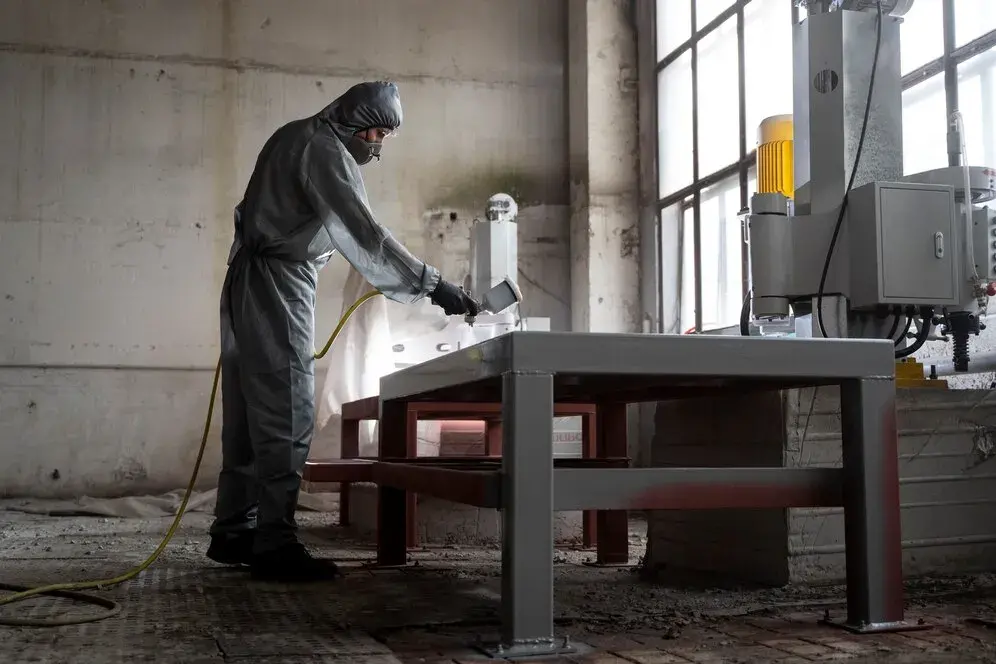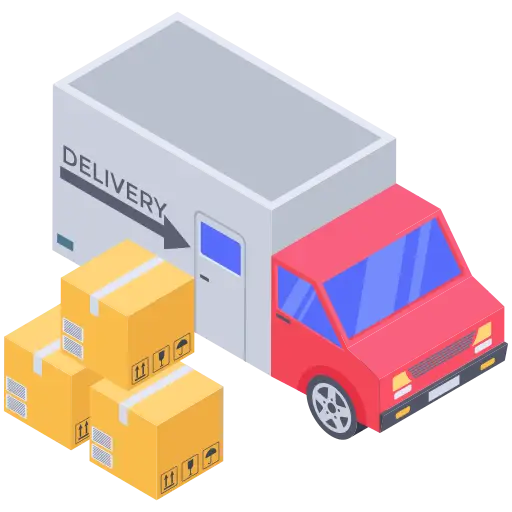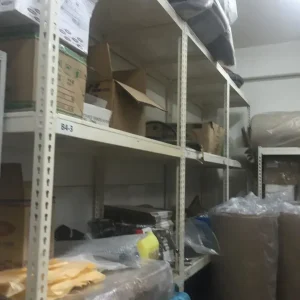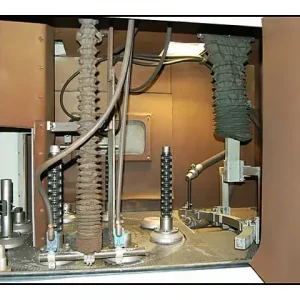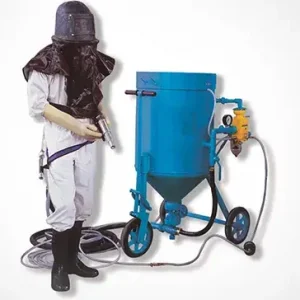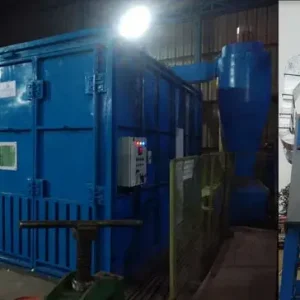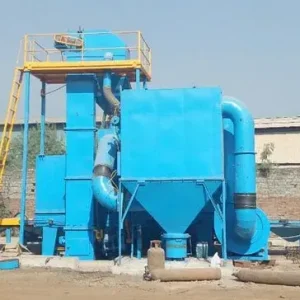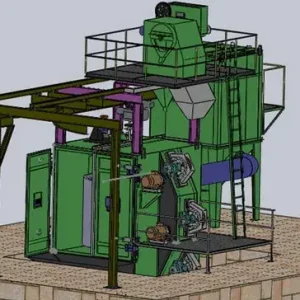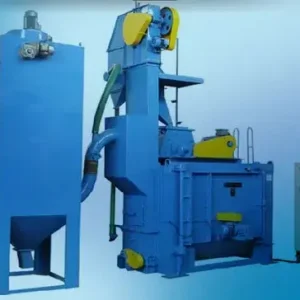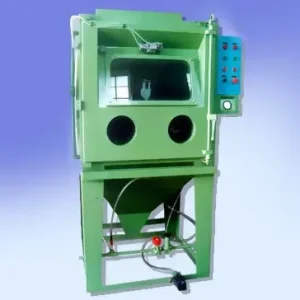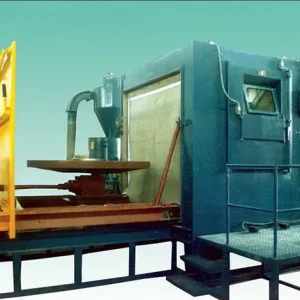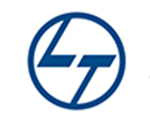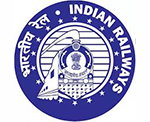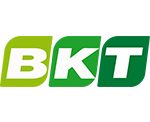Shot blasting machines are integral to surface preparation, cleaning, and finishing processes across various industries. However, like any machinery, they can encounter issues that affect performance and efficiency. Understanding how to troubleshoot these common problems is essential for maintaining optimal operation and minimizing downtime. Here’s a guide to diagnosing and resolving some of the most frequent issues encountered with shot blasting machines.
1. Inconsistent Blasting Results
Description: Variations in surface finish or cleaning effectiveness can result from several factors.
Possible Causes:
- Worn Abrasive Media: Abrasive media that has lost its sharpness and size can lead to inconsistent results.
- Improper Media Flow: Incorrect settings or blockages in the media flow system can cause uneven distribution.
- Blast Wheel Wear: Worn or damaged blast wheels can lead to inconsistent throwing patterns.
Troubleshooting Steps:
- Inspect Abrasive Media: Check the condition and size of the abrasive media. Replace if worn out.
- Check Media Flow: Ensure there are no blockages and that the flow settings are correct.
- Examine Blast Wheels: Inspect blast wheels for wear and damage. Replace or repair as needed.
Solution:
- Regularly replace worn media.
- Maintain proper media flow settings.
- Conduct routine inspections and maintenance of blast wheels.
2. Reduced Blasting Efficiency
Description: A decrease in cleaning or surface preparation efficiency can hinder productivity.
Possible Causes:
- Inadequate Media Supply: Insufficient abrasive media in the hopper or feed system.
- Clogged Nozzles or Blast Wheels: Debris or media buildup can restrict flow and reduce efficiency.
- Incorrect Pressure Settings: Inadequate air pressure in pneumatic systems or incorrect blast wheel speed.
Troubleshooting Steps:
- Check Media Levels: Ensure the abrasive media supply is adequate.
- Inspect Nozzles and Blast Wheels: Clean any clogs or debris buildup.
- Verify Pressure Settings: Adjust air pressure or blast wheel speed to the recommended levels.
Solution:
- Maintain proper media levels.
- Regularly clean and inspect nozzles and blast wheels.
- Adjust and monitor pressure settings for optimal performance.
3. Excessive Wear and Tear
Description: Components experiencing excessive wear can lead to frequent breakdowns and costly repairs.
Possible Causes:
- Abrasive Type and Size: Using abrasive media that is too aggressive for the machine components.
- Improper Machine Settings: Incorrect settings can increase wear on certain parts.
- Lack of Maintenance: Inadequate lubrication and maintenance can accelerate wear.
Troubleshooting Steps:
- Review Abrasive Media: Ensure the type and size of the media are appropriate for the machine.
- Check Machine Settings: Verify that all settings are within the manufacturer’s recommended ranges.
- Perform Regular Maintenance: Implement a routine maintenance schedule, including lubrication and part replacement.
Solution:
- Use the correct abrasive media for your machine.
- Adjust settings to manufacturer recommendations.
- Follow a consistent maintenance schedule.
4. Dust and Debris Buildup
Description: Accumulation of dust and debris can affect machine performance and safety.
Possible Causes:
Comparing Sand Blasting Machine Manufacturers: What to Consider
Applications of Shot Blasting in Aerospace and Defense
Sand Blasting for Decorative Applications: A New Era
- Inefficient Dust Collection System: Dust collectors not functioning correctly or filters clogged.
- Poor Sealing: Leaks in the machine’s seals allowing dust to escape.
- Inadequate Housekeeping: Not regularly cleaning the machine and surrounding area.
Troubleshooting Steps:
- Inspect Dust Collectors: Check for proper operation and clean or replace filters as needed.
- Check Seals and Gaskets: Ensure all seals are intact and functioning.
- Clean Regularly: Implement a regular cleaning schedule for the machine and workspace.
Solution:
- Maintain and regularly clean dust collection systems.
- Ensure seals and gaskets are in good condition.
- Keep the machine and area clean to prevent buildup.
5. Machine Jams or Blockages
Description: Jams or blockages can halt operations and damage machine components.
Possible Causes:
- Foreign Objects: Non-abrasive materials entering the system.
- Improper Media Size: Media that is too large or small for the machine’s design.
- Media Breakdown: Broken down media causing blockages in the system.
Troubleshooting Steps:
- Inspect for Foreign Objects: Remove any non-abrasive materials from the machine.
- Verify Media Size: Ensure the media size is appropriate for the machine.
- Clean System: Clear any blockages and inspect for broken down media.
Solution:
- Use appropriate-sized media.
- Regularly inspect and clean the system.
- Implement safeguards to prevent foreign objects from entering the machine.
6. Mechanical Failures
Description: Mechanical failures can result from various issues, including wear, improper use, or lack of maintenance.
Possible Causes:
- Component Wear: Natural wear of parts over time.
- Overloading: Operating the machine beyond its capacity.
- Lack of Lubrication: Insufficient lubrication leading to friction and wear.
Troubleshooting Steps:
- Inspect Components: Regularly check for signs of wear and tear.
- Avoid Overloading: Operate the machine within its specified capacity.
- Lubricate Regularly: Ensure all moving parts are adequately lubricated.
Solution:
- Replace worn components as needed.
- Follow operational guidelines to avoid overloading.
- Maintain a regular lubrication schedule.
Conclusion
Troubleshooting common issues with shot blasting machines involves regular inspections, proper maintenance, and adherence to manufacturer guidelines. By understanding the potential causes of problems like inconsistent results, reduced efficiency, excessive wear, dust buildup, jams, and mechanical failures, operators can take proactive steps to ensure their machines operate smoothly and efficiently. Leading manufacturers like AeroWheel Surface Finishing, Wheelabrator, Rosler, Goff Inc., and Sinto America provide detailed manuals and support to help users troubleshoot and maintain their shot blasting equipment effectively, ensuring long-term reliability and performance.

